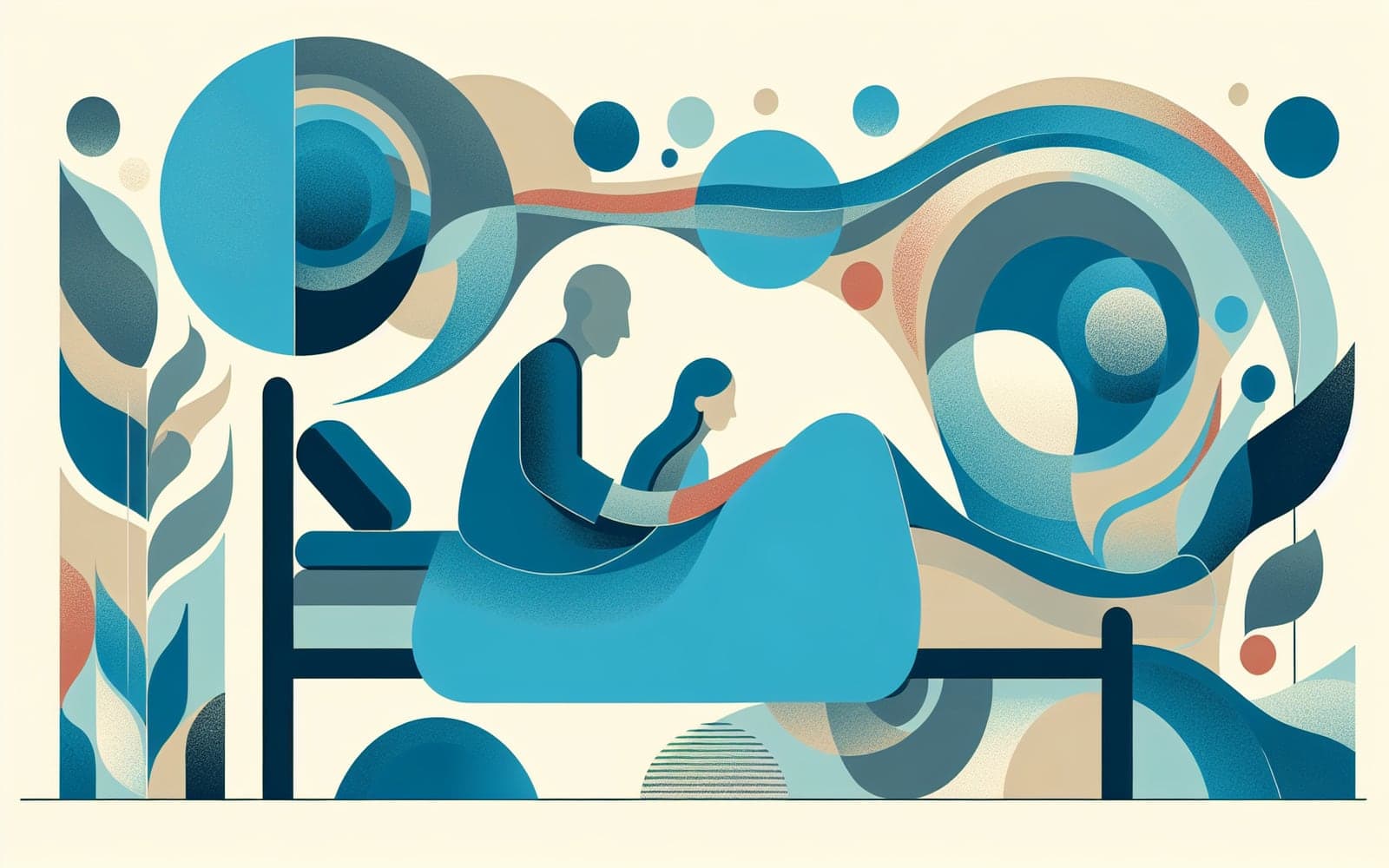Beyond the Urge to Move: Unraveling the Symptoms of Restless Legs Syndrome
Published: Jun 26, 2024
Restless Legs Syndrome (RLS) is often misunderstood and misdiagnosed. While the urge to move the legs is the hallmark symptom, RLS can manifest in various ways that might surprise you.
Contents
The Classic RLS Symptoms
The primary symptom of RLS is an irresistible urge to move the legs, often accompanied by uncomfortable sensations. These sensations are frequently described as crawling, creeping, pulling, or throbbing. Imagine ants crawling under your skin or a deep ache that won't go away unless you move. These symptoms typically worsen at rest and in the evening or night.
Sleep Disturbances and Daytime Effects
RLS can severely disrupt sleep, leading to insomnia and daytime fatigue. Many people with RLS also experience periodic limb movements during sleep - involuntary jerking or twitching of the legs. This can result in fragmented sleep even if you don't fully wake up. It's like your legs are running a marathon while you're trying to sleep, leaving you exhausted during the day.

Emotional and Cognitive Impact
The chronic sleep disruption caused by RLS can lead to mood changes, irritability, and difficulty concentrating. Some people with RLS experience anxiety or depression related to their symptoms. It's not just a physical condition - RLS can take a significant toll on mental and emotional well-being.
Frequently Asked Questions
Yes, while symptoms often worsen at night, they can occur any time during periods of inactivity.
No, some people only experience the urge to move without other sensations.
Yes, symptoms can vary in frequency and severity, sometimes with periods of remission.
No, the exact nature and intensity of symptoms can vary widely between individuals.
Key Takeaways
Understanding the full spectrum of RLS symptoms is crucial for proper diagnosis and effective management of this complex condition.
Think you might be experiencing symptoms of RLS? Don't wait - reach out to Doctronic to discuss your concerns and explore potential solutions.Related Articles
References
Allen RP, et al. Restless legs syndrome/Willis-Ekbom disease diagnostic criteria: updated International Restless Legs Syndrome Study Group (IRLSSG) consensus criteria. Sleep Med 2014; 15:860-873.
Earley CJ, Silber MH. Restless legs syndrome: understanding its consequences and the need for better treatment. Sleep Med 2010; 11:807-815.
Always discuss health information with your healthcare provider.

